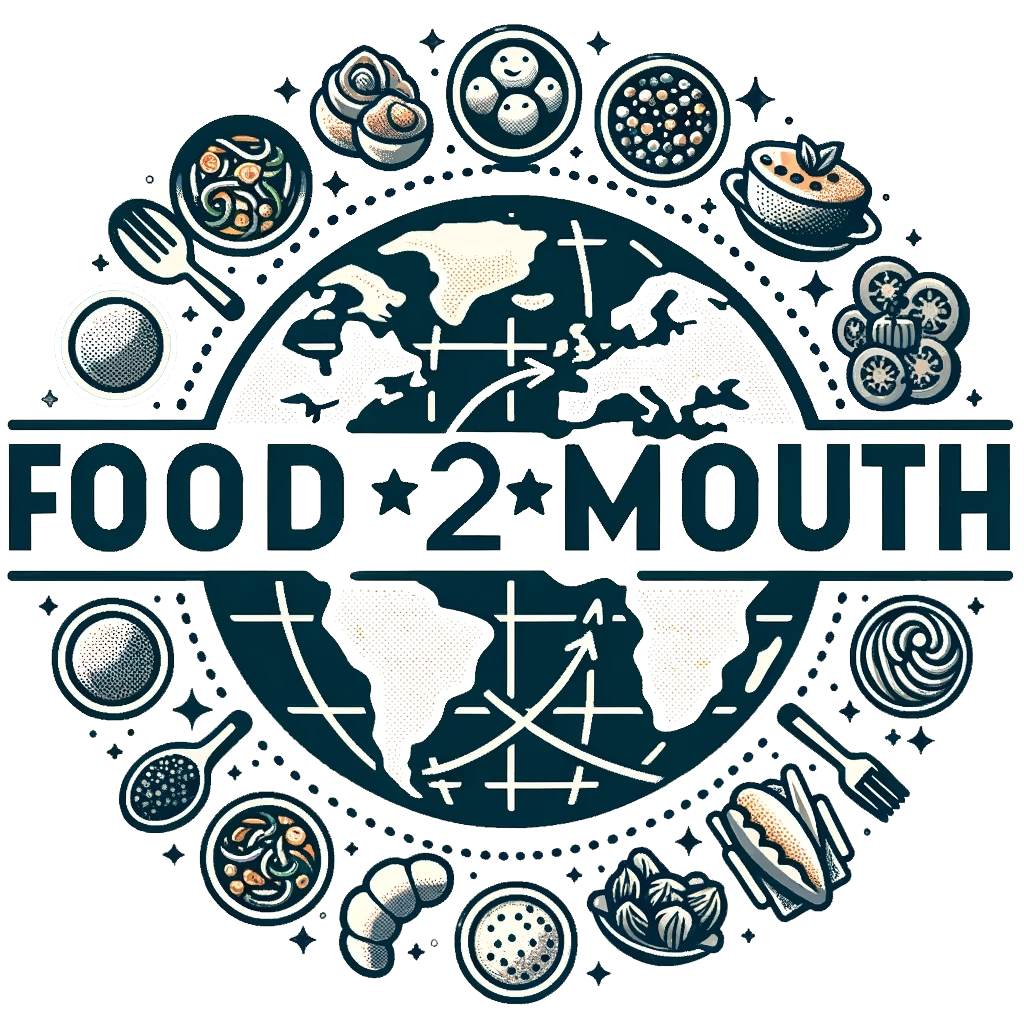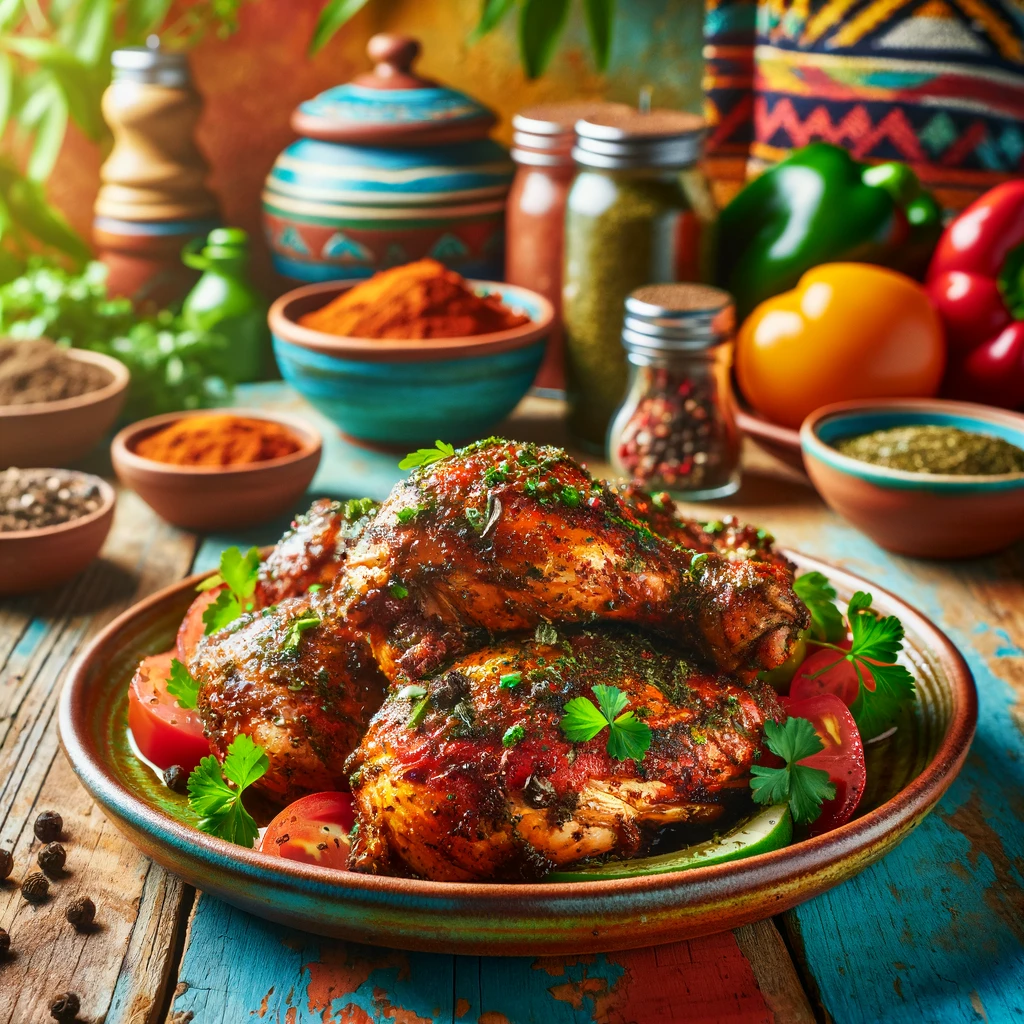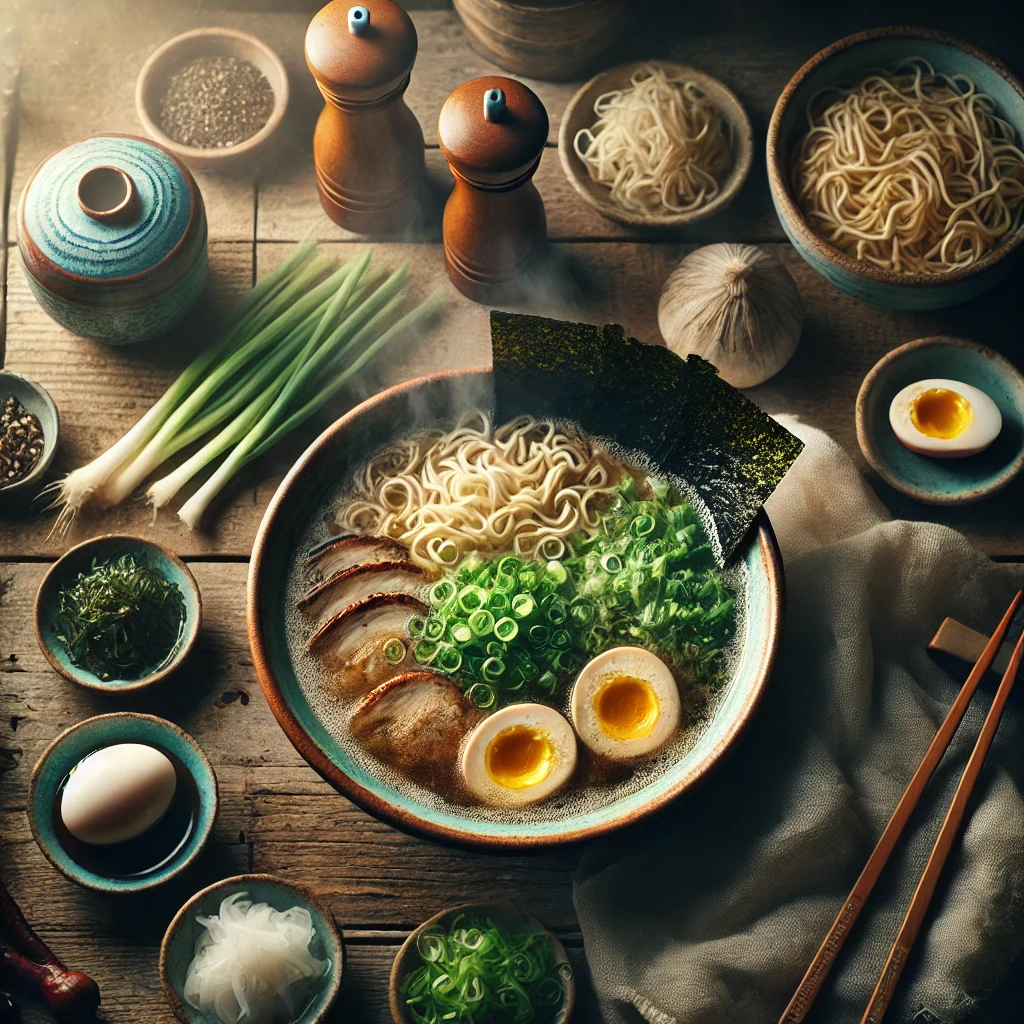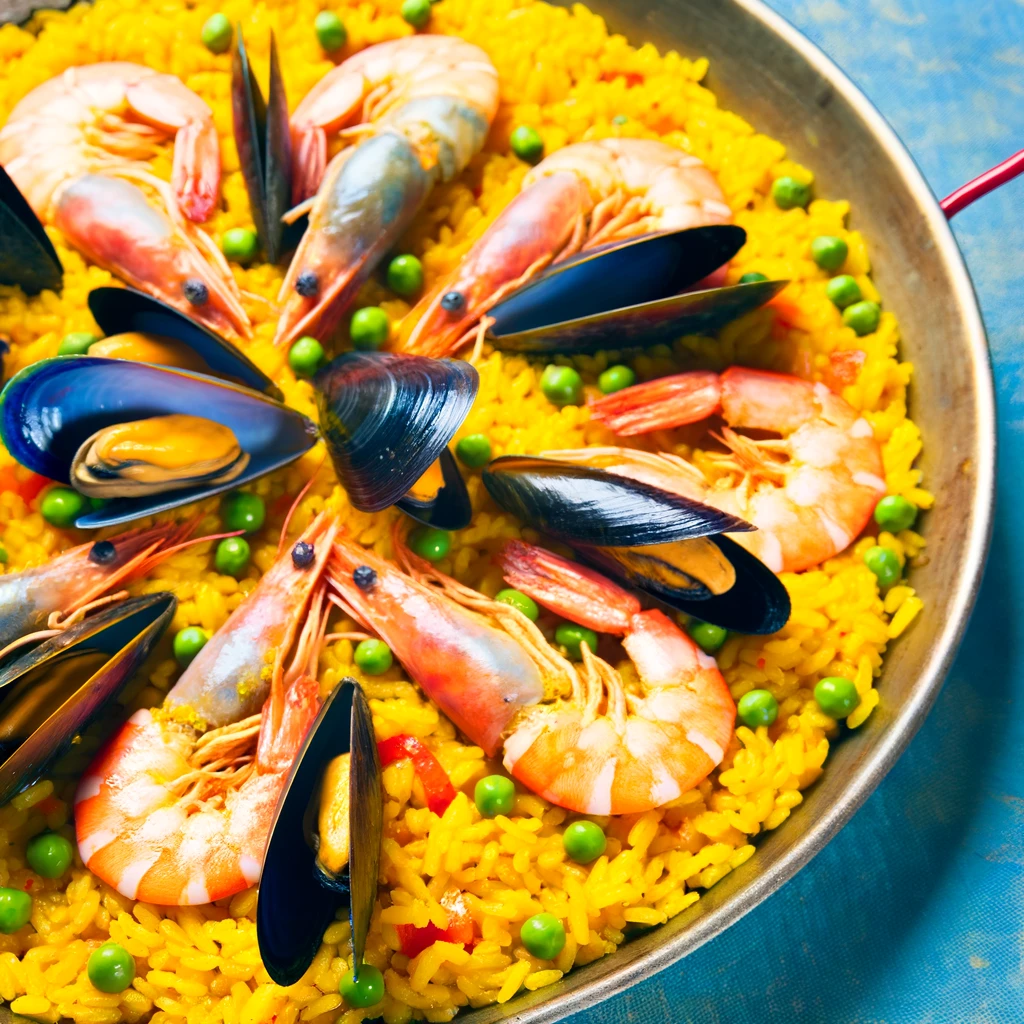Introduction to Caribbean Cuisine: A Mosaic of Flavors
The Caribbean, a collection of islands each with its own identity, is home to a cuisine as vibrant and diverse as its history. Caribbean cuisine, our focus keyphrase, is a blend of African, European, Indian, and indigenous influences, each adding unique flavors and techniques to the culinary landscape. This article explores the historical roots of these dishes and how they have traversed oceans to influence other countries’ cuisines.
The Historical Roots of Caribbean Cuisine
Caribbean food history is a testament to the region’s tumultuous past. The indigenous Taino and Arawak tribes contributed methods like barbecuing, a technique still popular today. The African influence, brought by enslaved people, introduced ingredients like okra and callaloo. European colonization added Spanish, French, and British flavors, while Indian and Chinese indentured laborers in the 19th century introduced spices and cooking methods that have become staples in Caribbean kitchens.
Key Dishes and Their Stories
- Jerk Chicken is not just a dish; it’s a cultural icon of Jamaica, embodying the island’s history and spirit. The term “jerk” refers to both the spice mix used for marinating the meat and the particular cooking method. The origins of Jerk Chicken can be traced back to the pre-colonial era. The indigenous Taino people of Jamaica used a unique method of slow-cooking meat over pimento wood, imparting a distinctive smoky flavor. This technique was further refined by the African slaves who escaped into Jamaican wilderness, known as the Maroons. They added their own spices and flavors, creating what we now know as Jerk seasoning – a fiery blend of scotch bonnet peppers, allspice, cloves, cinnamon, and thyme. Jerk Chicken represents a fusion of different cultural influences, a symbol of resistance by the Maroons against colonial rule, and a testament to the resilience and creativity of the Jamaican people.
- Roti and Curry are staple dishes in the Caribbean, particularly in Trinidad and Tobago and Guyana, where they reflect a significant Indian influence. These dishes were introduced by Indian indentured laborers in the 19th century. The laborers brought with them traditional Indian recipes, which they adapted using local ingredients available in the Caribbean. Traditionally, people serve Roti, an Indian flatbread, with curried dishes such as chicken, goat, or vegetables. In the Caribbean, particularly in Trinidad and Tobago, chefs often infuse the Roti with local spices and sometimes prepare it with ground split peas, creating a variation known as Dhalpuri Roti.” The fusion of Indian curries with Caribbean ingredients and spices resulted in a unique culinary blend that is now an integral part of the region’s food culture.
- Ropa Vieja -, directly translated as “old clothes,” is a classic Cuban dish with Spanish origins. This dish features shredded beef, slow-cooked in a rich tomato sauce with onions, bell peppers, and a mix of spices. Its name is derived from the appearance of the shredded beef, which resembles tattered rags. Ropa Vieja’s roots can be traced back to the Canary Islands, where Spanish immigrants brought the recipe to Cuba. Over time, it evolved into a distinctly Cuban dish, reflecting the island’s culinary ethos of simplicity and heartiness. The slow-cooking process allows the flavors to meld together, creating a comforting dish that is a staple in Cuban households and an essential part of Cuban culinary identity.
Caribbean Cuisine in the Global Culinary Scene
The global spread of Caribbean cuisine is a story of migration and cultural exchange. From the jerk pits of Jamaica to the roti shops in London and New York, these flavors have traveled and adapted, creating a global footprint. The blend of sweet, savory, and spicy, along with unique fruits like guava and mango, has captivated palates worldwide.
Modern Caribbean Cuisine: Fusion and Innovation
Embracing New Techniques and Ingredients
Contemporary Caribbean chefs are at the forefront of culinary innovation, skillfully incorporating modern techniques and ingredients into traditional recipes. This fusion has given rise to a dynamic food scene that honors Caribbean culinary heritage while pushing boundaries. For instance, molecular gastronomy techniques, such as sous-vide cooking and foam infusions, are being used to enhance the flavors and textures of classic dishes like Conch Chowder or Plantain Mash.
Fusion with Global Cuisines
Another significant aspect of modern Caribbean cuisine is its fusion with other global culinary traditions. Chefs are expertly blending Caribbean flavors with Asian, European, and African influences. This fusion results in unique and exciting dishes. For instance, they might reimagine a traditional Caribbean fish stew with Thai or Mediterranean spices, or they could apply a classic Caribbean spice rub to Japanese-style grilled meats.
Reinvention of Classic Dishes
Contemporary Caribbean chefs actively reinvent classic dishes with a modern twist. They may present a traditional dish like Ackee and Saltfish, Jamaica’s national dish, in a deconstructed form or pair it with unconventional ingredients for a novel culinary experience. Similarly, they reimagine desserts such as Sweet Potato Pudding or Cassava Pone, transforming them into forms like brûlées or infusions. This approach blends traditional flavors with contemporary presentation and technique, showcasing the evolving creativity in Caribbean cuisine
Focus on Locally Sourced and Sustainable Ingredients
There’s a growing emphasis on using locally sourced and sustainable ingredients in the Caribbean culinary scene. Chefs are working closely with local farmers and producers to highlight the best of the region’s natural bounty. This farm-to-table approach actively supports local communities and guarantees the use of the freshest, most flavorful ingredients, thereby enhancing the overall dining experience.
Gastronomic Tourism
The innovation in Caribbean cuisine has also fueled gastronomic tourism in the region. Food enthusiasts from around the world flock to the Caribbean, drawn by its stunning beaches and vibrant culture. They are not just there for the scenery; the unique and evolving food scene is a major attraction. This culinary landscape offers an opportunity for them to experience a fusion of flavors and culinary innovation. Culinary festivals, food tours, and cooking workshops celebrating Caribbean cuisine have become increasingly popular, attracting global attention.
Social Media and Culinary Education
Social media and the internet have played a crucial role in the spread and popularity of modern Caribbean cuisine. Chefs and food bloggers are actively utilizing these platforms to share recipes, cooking techniques, and food stories. Consequently, they are educating a global audience about the richness and diversity of Caribbean culinary traditions. Additionally, this sharing fosters a deeper understanding and appreciation of the region’s unique flavors and cooking methods.
In summary, modern Caribbean cuisine represents a melting pot of flavors, where traditional recipes meet contemporary techniques and global influences. This culinary evolution stands as a testament to the creativity of Caribbean chefs. These chefs exhibit remarkable adaptability, continuously redefining Caribbean cuisine. While doing so, they remain deeply rooted in the region’s rich culinary history.
Conclusion: The Unending Journey of Caribbean Flavors
Caribbean cuisine is more than just food; it’s a narrative of resilience, adaptation, and creativity. As these island flavors continue to influence global cuisine, they remind us of the power of cultural exchange and the enduring spirit of the Caribbean people.



